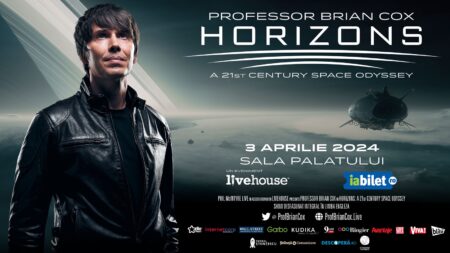How do you structure a presentation on a scientific topic so that the topic is more easily understood by a lay audience?
I have so far presented two types of structures - (1) The Solution and (2) The Hourglass.
 One of the most effective, but requiring a higher degree of creativity, is the Metaphor type of presentation.
One of the most effective, but requiring a higher degree of creativity, is the Metaphor type of presentation.
It requires the person thinking up the presentation to explain their own, more difficult to understand, subject by appealing to a much more widespread and common concept. The two topics must have similarities in both general vision and specific elements.
If, for example, we compare a complicated, multi-disciplinary process with an English breakfast, it's important to compare both the process and each individual discipline with each individual component of the breakfast (one element is the eggs, another the tomatoes, another the beans, etc.) and everything - an unusual combination but one that works and keeps you fed all day.
The advantage of this presentation structure is that it is almost immediately clear what it is about. The metaphor is already in the introduction and, by constantly returning to it, it is easy to keep the audience interested.
Of course, not every subject lends itself to metaphor. It's better to use some other kind of structure than a forced analogy.
How does the metaphor presentation work in the example below?
Introduction of the metaphor: How does the news shape the way we see the world? Here's the world as it looks, based on the earth's surface. And this is how the news shapes what Americans see. (Laughter) This map... (Laughter) (Applause)
The first four seconds of the speech are sufficient to convey and retain the main idea of the presentation. This is the enormous power of the metaphor type of presentation.





